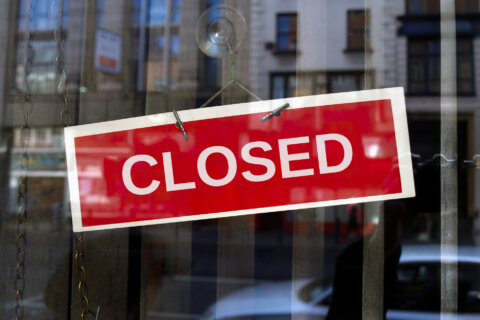Dry pine branches, frayed Christmas lights and unattended candles all pose a high risk for house fires despite their holiday appeal, according to D.C. Fire officials.
This year, as families plan to change their holiday plans amid the COVID-19 pandemic, D.C. Deputy Fire Chief and Fire Marshal Tony Falwell urged residents to also be vigilant about holiday decoration safety.
Nearly 1,000 fires are started every year by holiday décor, according to the National Fire Protection Association.
During a news conference Friday, Falwell presented D.C. residents with a number of common holiday decorations that pose high fire risk, as well as ways to keep decorations from going up in flames.
Christmas trees topped the list. Falwell said that faux Christmas trees are the safest option.
But, if you get a live tree, the fire chief told residents to cut an inch off the stump before placing their Tannenbaum in a water-stand — which will need a lot of water, Falwell added.
And, he said to check it thoroughly before you buy it. “Shake it first to make sure that there are no dead needles inside,” Falwell said.
DC FEMS Holiday Safety Tips https://t.co/UzB0WnvEH0
— DC Fire and EMS (@dcfireems) December 4, 2020
When it comes to lighting the tree, be sure to check the wiring for frays that can easily spark, Falwell said. And keep all space heaters, radiators and fire places at least an arm’s length away from the tree, he recommended.
All these efforts are to keep the tree from drying out and becoming tinder.
On average, over 150 homes go up in flames each year because of a Christmas tree fire, according to the NFA.
Falwell also emphasized candle safety. He asked candle lovers to always keep an eye on open flames. Every year, candle fires peak in December and remain frequent through January, according to NFA data.
Falwell also said that the winter holiday season is the best time to make a fire safety audit on your home by checking smoke alarms, fire extinguishers, carbon monoxide alarms and chimneys.
On average, more than $20 million in damages are caused each year by holiday decoration fires.
WTOP’s Valerie Bonk contributed to this report.








